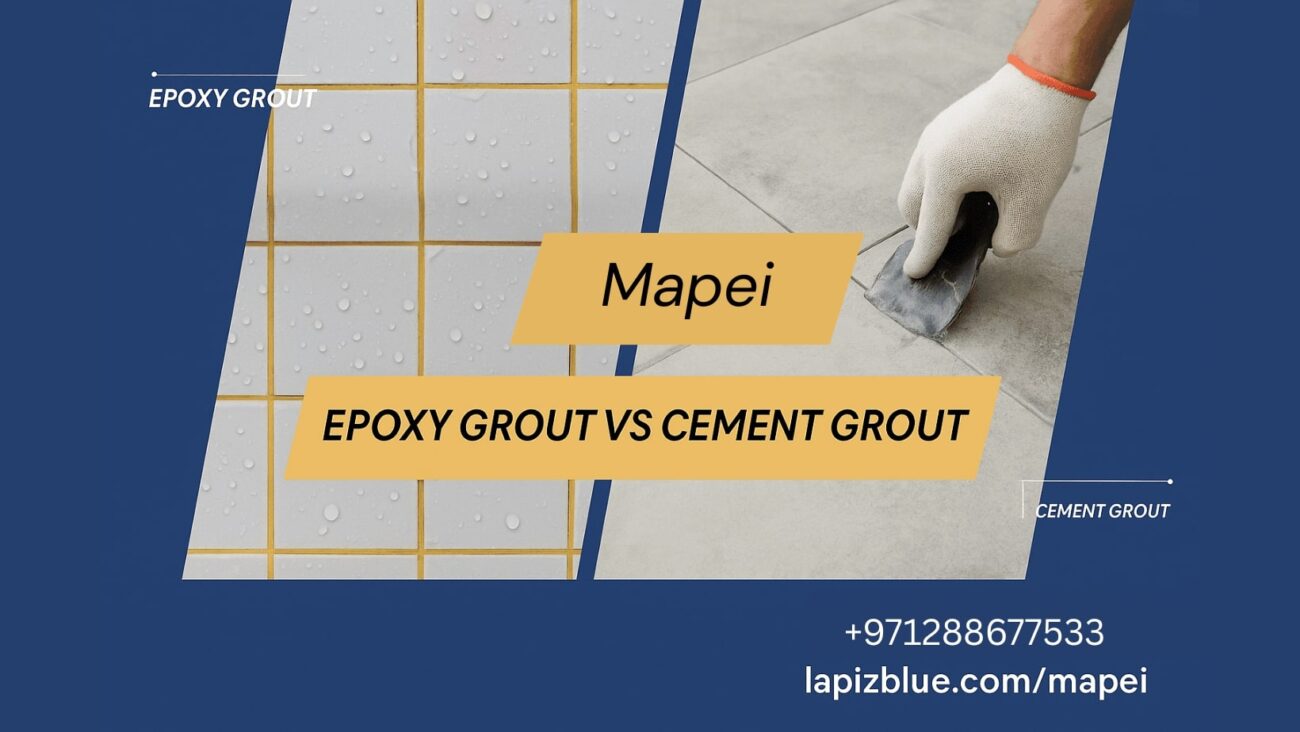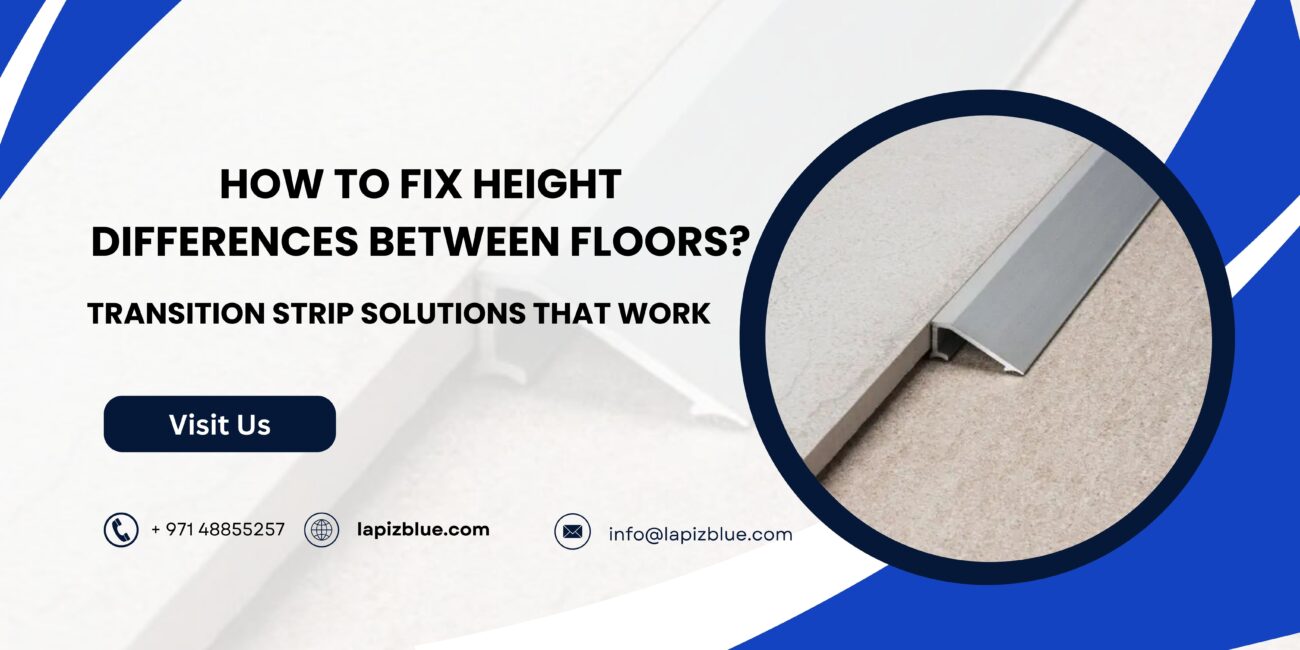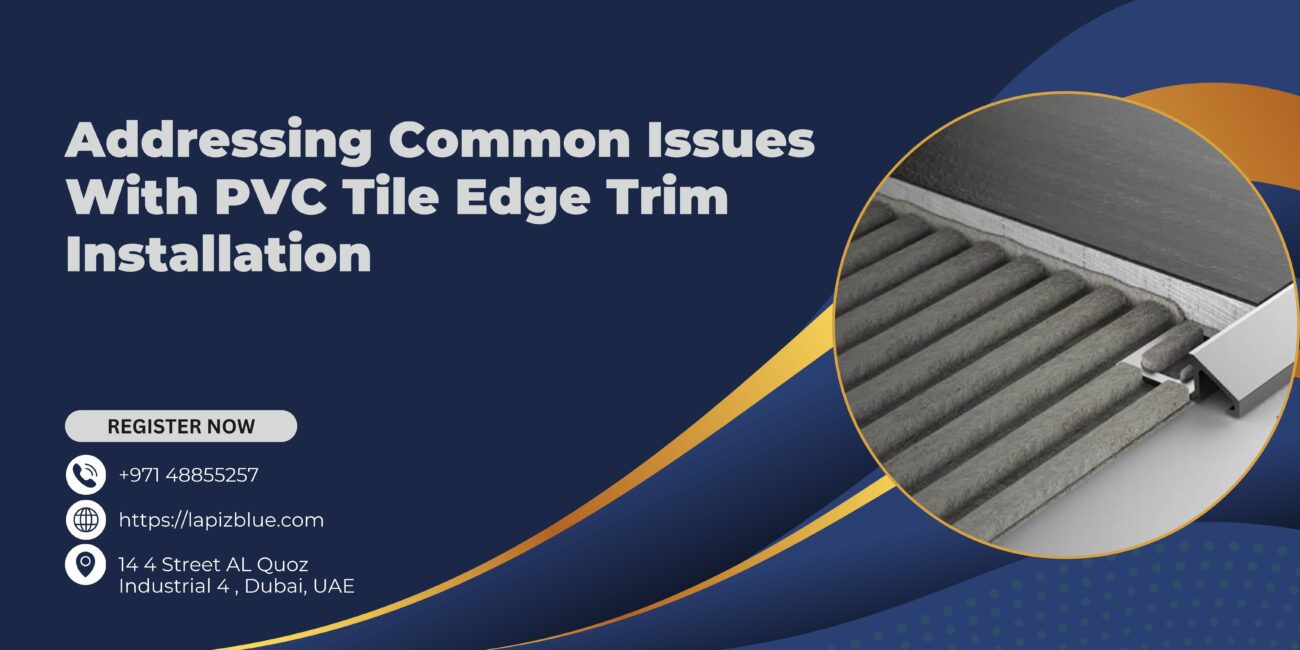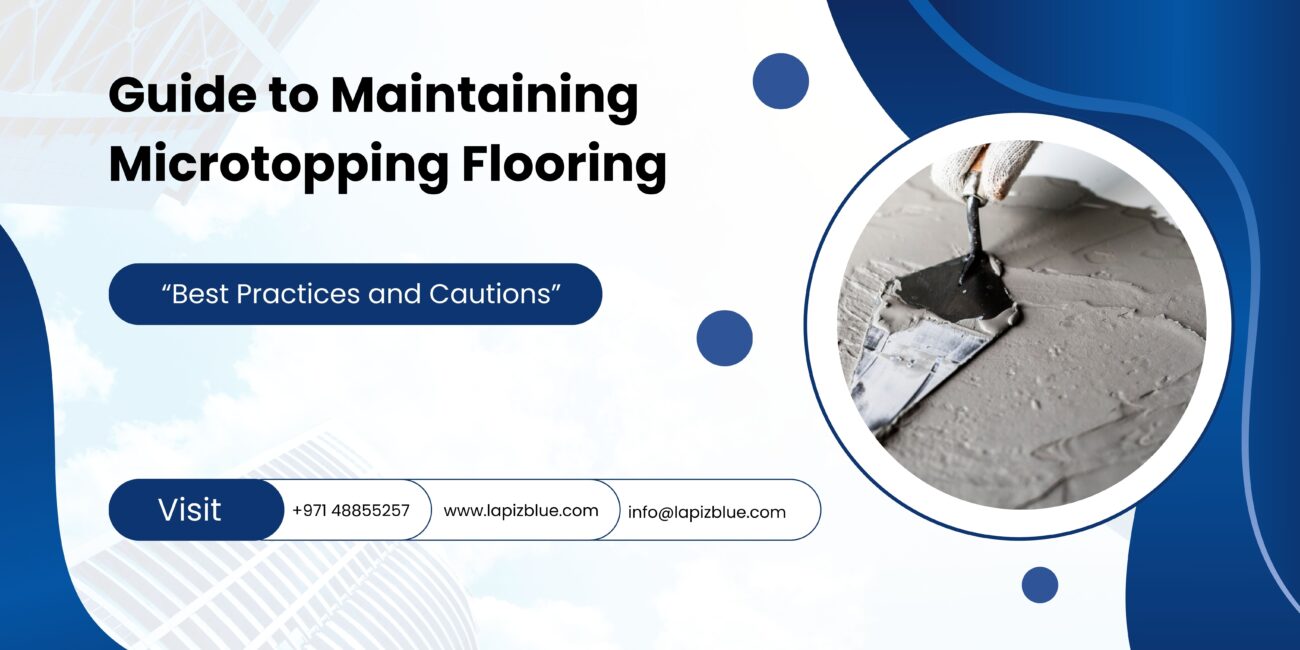Much like stacking just the right pillows on a sofa, combining tile trims and profiles can bring a sense of polish and cohesion to your space. They may not scream for attention, but you’ll notice their absence if they’re missing. At Lapiz Blue, we think of them as the quiet detail that brings an entire room together.
Whether you’re styling a minimalist kitchen backsplash or upgrading a high-traffic shower wall, tile trims play a key role in both protection and presentation.
Small Pieces, Big Impact
At their simplest, tile trims guard the edges—where tile meets tile, tile meets paint, or tile meets nothing at all. But they also help organize visual flow. A clean edge, framed with a matte black or brushed metal trim, gives the whole installation a crisp, intentional finish.
Trims can:
- Hide sharp cuts or uneven edges
- Provide a clean transition between different materials
- Emphasize architectural lines
- Match or contrast fixtures like taps or handles
Profilpas, the brand we stock extensively at Lapiz Blue, offers trims that go beyond utility. Whether you’re leaning toward minimal aluminium tile trims or dramatic LED-lit accents, their catalog has dozens of profiles that match nearly every tile style and function.
Profiles That Do More Than Protect
Today’s tile collections come in all kinds of textures, sizes, and formats. That can sometimes make edges tricky. Trims and profiles give you that next level of control—especially for:
- Shower niches and backsplashes
- Window reveals and steps
- Tile-to-wood or tile-to-vinyl transitions
- Floating vanities or tile furniture edges
Metal profiles such as aluminium tile trims, in particular, offer crisp, clean lines and are often used to define architectural features or provide subtle detailing between tile surfaces.
One of our favourite solutions is Profilpas’ Proangle series—ideal for achieving sharp, clean corners in large-format tile settings. Or their Prolistel decorative lines, which add just a hint of metal detail between slabs of stone-look tile. If you’re feeling bold, mix metallic finishes into neutral palettes for just enough contrast to elevate the entire space.
Layering Tile Trims
Layering profiles is less about excess and more about refinement. Using one type of trim for the main wall edge and another for an inset or shelf can subtly define zones without adding clutter.
Here’s how we’ve seen designers use this layering approach:
- Soft separation: Use trims to separate a mosaic accent from large tiles on a shower wall.
- Framing function: Outline a tiled mirror or vanity wall with a contrasting profile.
- Seamless floors: Use curved or flat trims for flush transitions between floor materials.
Because trims are available in multiple sizes and finishes, you can mix and match elements while keeping everything cohesive.
How to Choose the Right Tile Trim for Your Project
Choosing the right tile profile starts with practical planning:
Here’s a quick breakdown:
- Aluminium tile trims : Lightweight, modern, and corrosion-resistant—ideal for indoor walls and floors.
- Stainless Steel: Built to endure wear and moisture. A go-to for commercial kitchens, showers, and outdoor settings.
- PVC: Cost-effective and versatile, perfect for lighter residential applications.
- Brass: Durable and decorative—often used in statement designs or premium installations.
It’s worth thinking about how the trim will interact with grout lines, lighting, and nearby materials. A little planning up front makes installation much smoother later.
Color and Finish Coordination Tips
Trims aren’t just functional—they can be part of your design palette. You can:
- Match metallic finishes to fixtures for a unified look
- Use darker trims to add contrast around light tiles
- Choose neutral or tile-colored options for a barely-there finish
This approach works especially well in bathrooms and kitchens, where trims often sit near faucets, hardware, and cabinetry.
Common Mistakes to Avoid with Tile Profiles
We’ve seen it all—here are a few pitfalls to steer clear of:
- Ignoring the tile thickness: Using a profile that’s too tall or too short can throw off the look and feel.
- Mismatching finishes: Even a small contrast between metal finishes can feel jarring—plan ahead.
- Poor placement: Profiles need to be installed at the right moment in the tiling process—usually before the final tile is laid.
- Overuse: Too many trims can overwhelm a space. Use them intentionally, not excessively.
Built for the UAE, Styled for Anywhere
From bathrooms in coastal homes to high-rise interiors in busy cityscapes, tile trims serve as both protectors and finishers. They’re designed to handle wear, moisture, and time—all while keeping your space visually aligned.
They’re available in a range of materials including stainless steel, PVC, and anodized aluminum, so you can find options that suit both the setting and the tone of your design.
Conclusion :
Tile trims might seem like a minor detail at first glance, but they’re the quiet structure behind a beautifully finished space. They don’t just tidy up a layout—they define it.
Our experts at Lapiz Blue are always available to help you match your design intent with the right trim style from the Profilpas range. With an extensive local inventory of Profilpas tile trims and profiles, we make it easy to finish strong—on time and with confidence.
Ready to explore your options?
Browse the full range of Profilpas trims and speak with our team for practical, real-world advice on the best profiles for your design.
Let’s give your tilework the finish it truly deserves.













